The Future of Sports Broadcasting: Embracing VR, AI, and Interactivity

In the dynamic realm of sports, the landscape of broadcasting is undergoing a transformative shift, driven by rapid technological advancements. As we navigate the digital age, traditional sports broadcasting is evolving to offer more immersive and interactive experiences for fans worldwide. Here’s a closer look at the future of sports broadcasting and the exciting developments that lie ahead.
1. Virtual Reality (VR) Experiences:
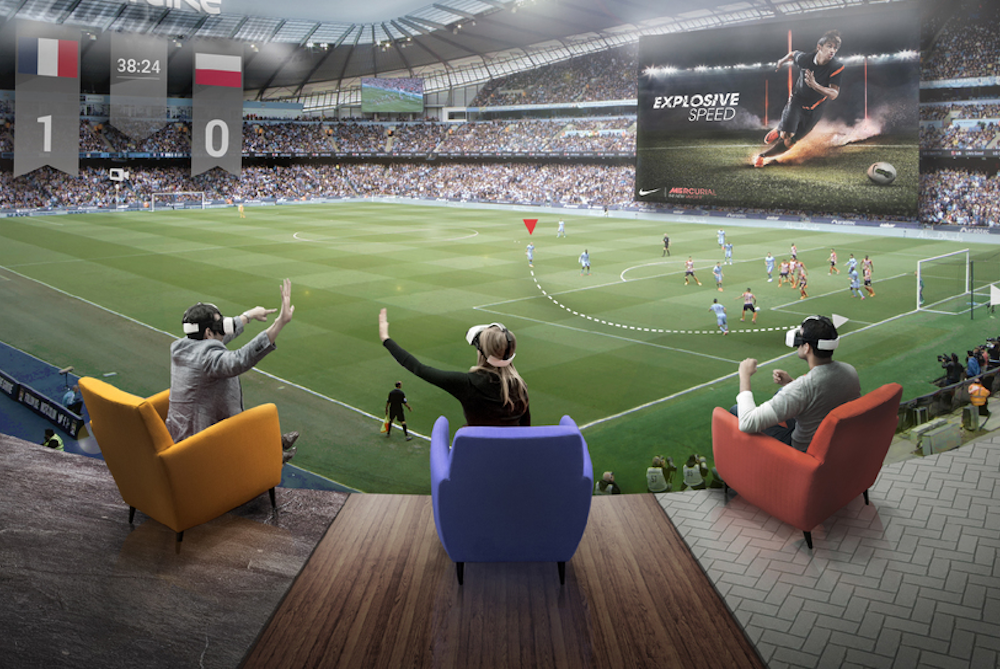
Immersive Sporting Adventures
Virtual Reality is revolutionizing the way fans experience sports. Imagine donning a VR headset and finding yourself courtside at a basketball game or ringside at a boxing match. VR technology is making it possible for fans to immerse themselves in the heart of the action, providing a level of engagement that traditional broadcasts can’t match.
2. Interactive Viewing Options:
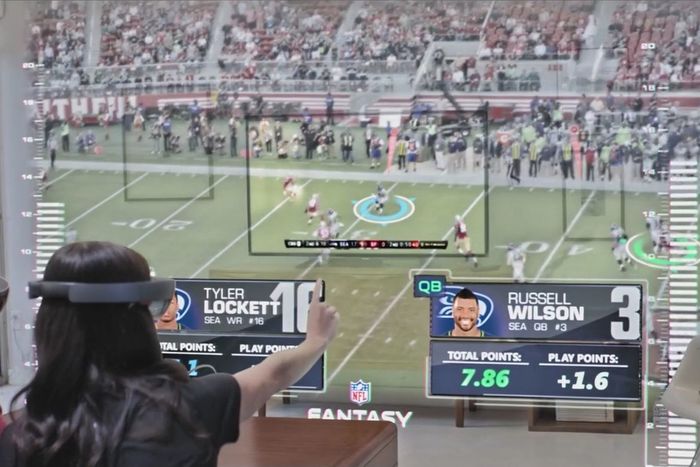
Tailoring the Experience
The future of sports broadcasting is all about personalization. Viewers will have the ability to customize their viewing experience, choosing from multiple camera angles, accessing real-time statistics, and even participating in polls or interactive elements during live broadcasts. This level of interactivity ensures that fans feel more connected to the game than ever before.
3. Augmented Reality (AR) Enhancements:
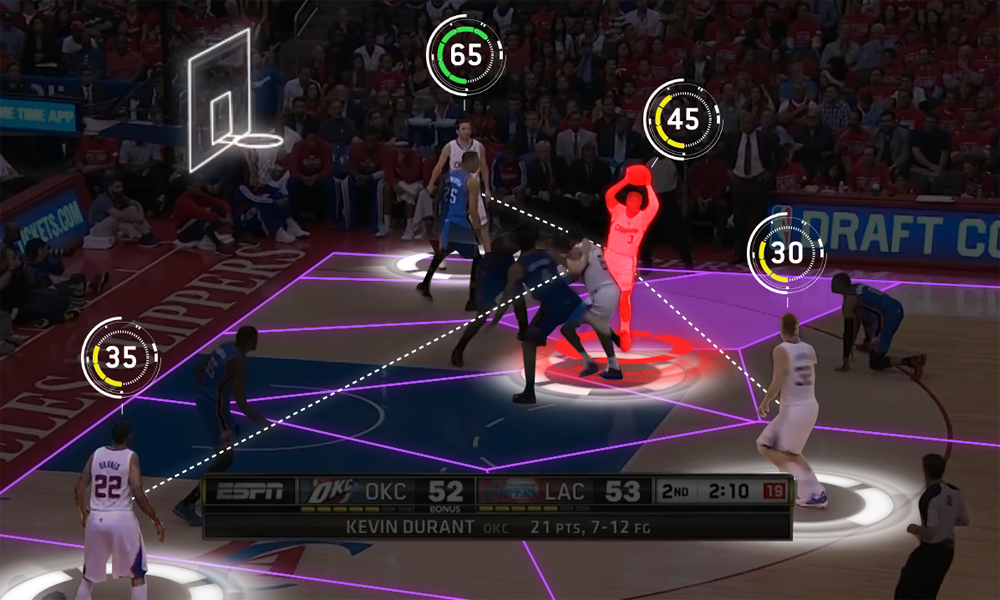
Overlaying Information in Real Time
Augmented Reality is adding a layer of information to live sports broadcasts. From displaying player statistics to highlighting key moments, AR enhances the viewer’s understanding and enjoyment of the game. Broadcasters are increasingly incorporating AR elements to provide a more comprehensive and insightful analysis.
4. 5G Technology:
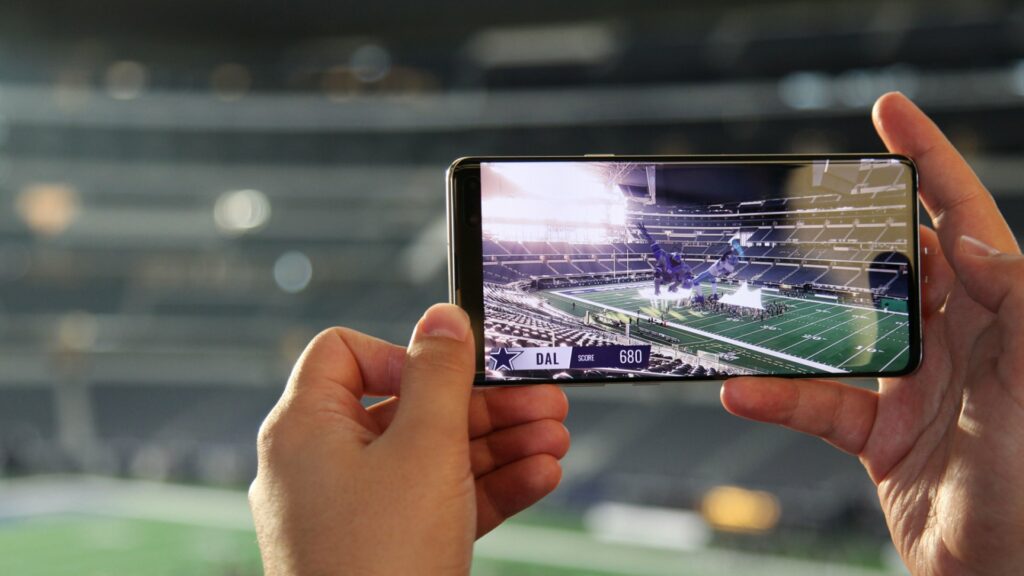
Seamless Streaming and Connectivity
The rollout of 5G technology is a game-changer for sports broadcasting. With faster and more reliable internet speeds, streaming quality will be enhanced, and latency issues will be minimized. This means fans can enjoy live sports with minimal buffering, providing a smoother and more enjoyable viewing experience.
5. Artificial Intelligence (AI) in Sports Analysis:
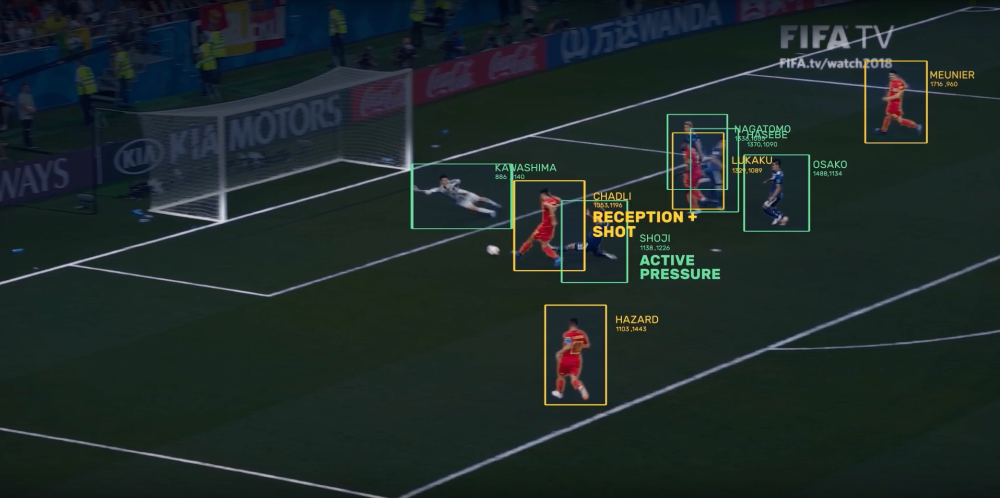
Insights Beyond the Surface
AI is becoming an integral part of sports broadcasting, offering in-depth analysis and insights. From player performance predictions to game strategy analysis, AI algorithms are transforming the way we understand and interpret sports. This not only enriches the viewing experience but also provides a new dimension for sports enthusiasts to explore.
Conclusion:
As we look ahead, the future of sports broadcasting appears to be a thrilling amalgamation of technology and fan engagement. Virtual Reality, Augmented Reality, 5G connectivity, and Artificial Intelligence are collectively reshaping how we consume and interact with sports content. The days of passive viewership are fading, making room for a more personalized, interactive, and technologically driven era of sports broadcasting. The journey from the couch to the arena is becoming more seamless, promising fans an unprecedented level of connection with their favorite sports and athletes.
As sports enthusiasts eagerly embrace these technological innovations, the future holds the promise of an exhilarating and immersive sports-watching experience like never before.